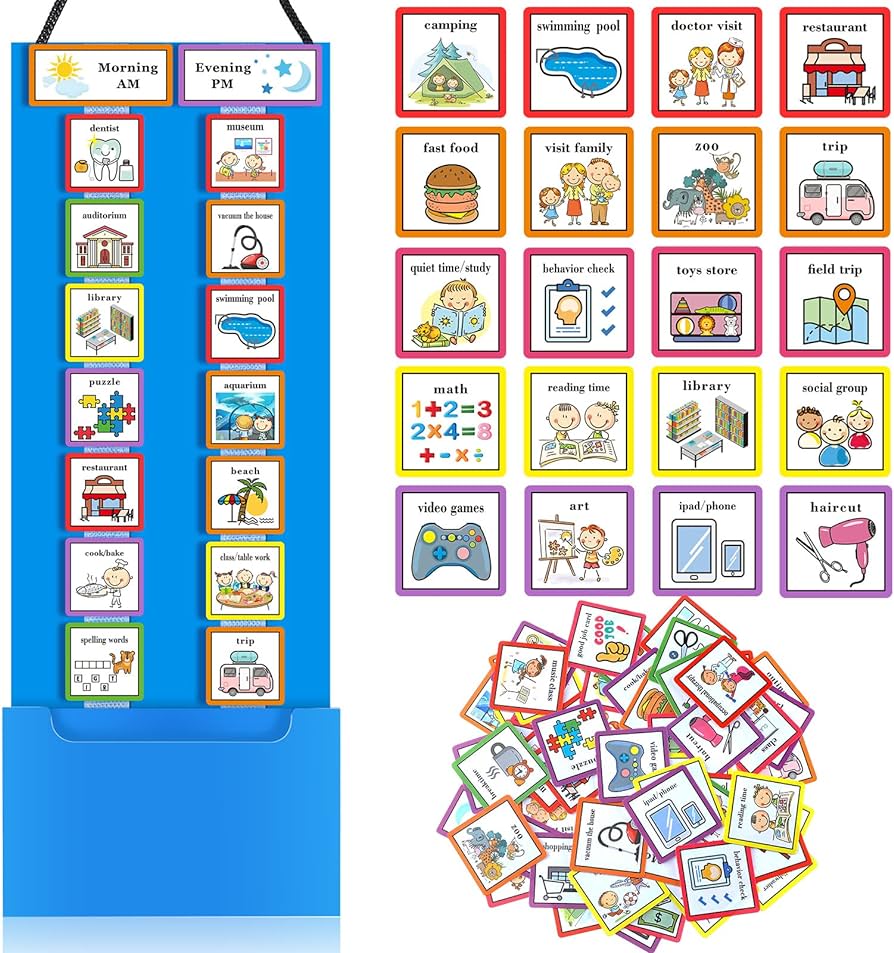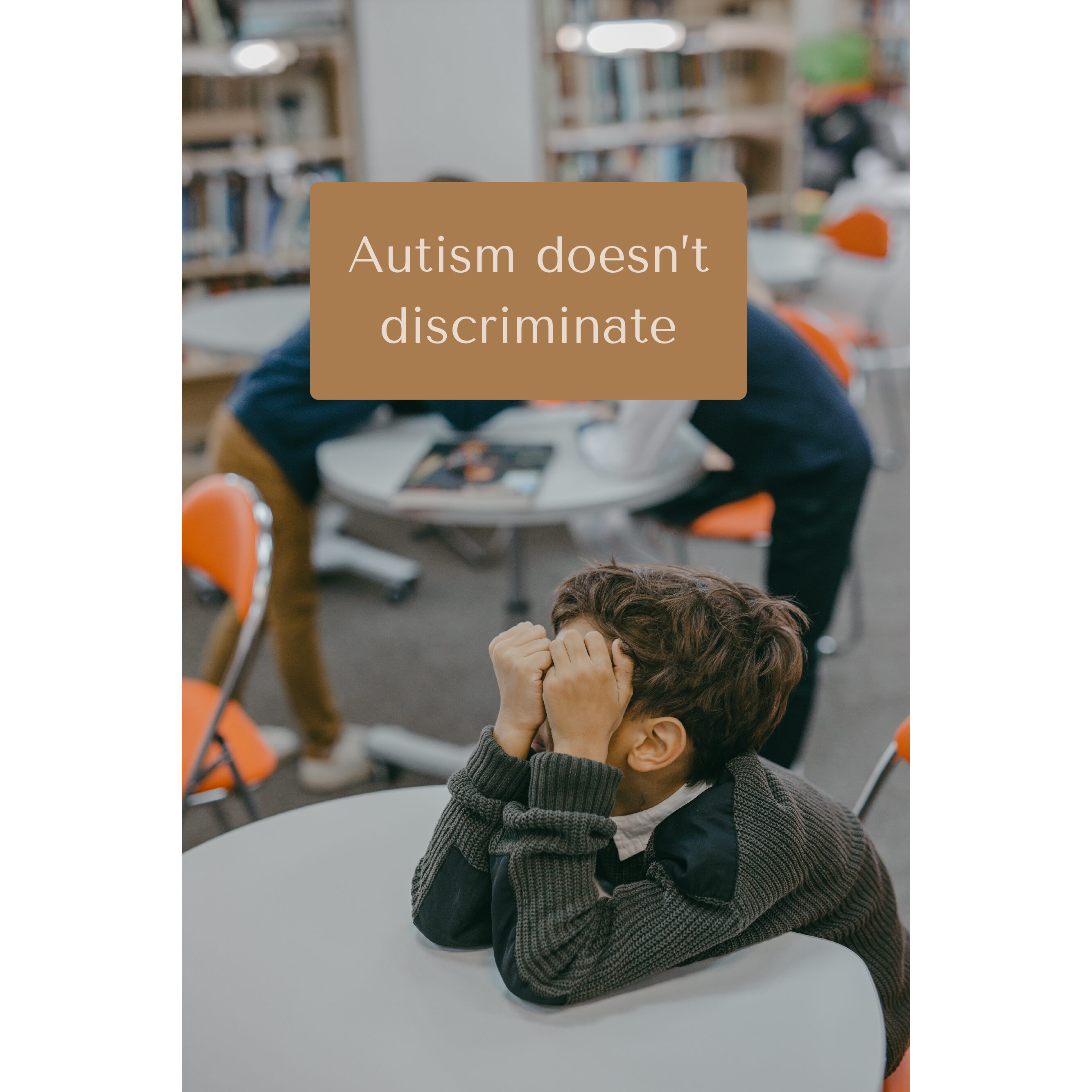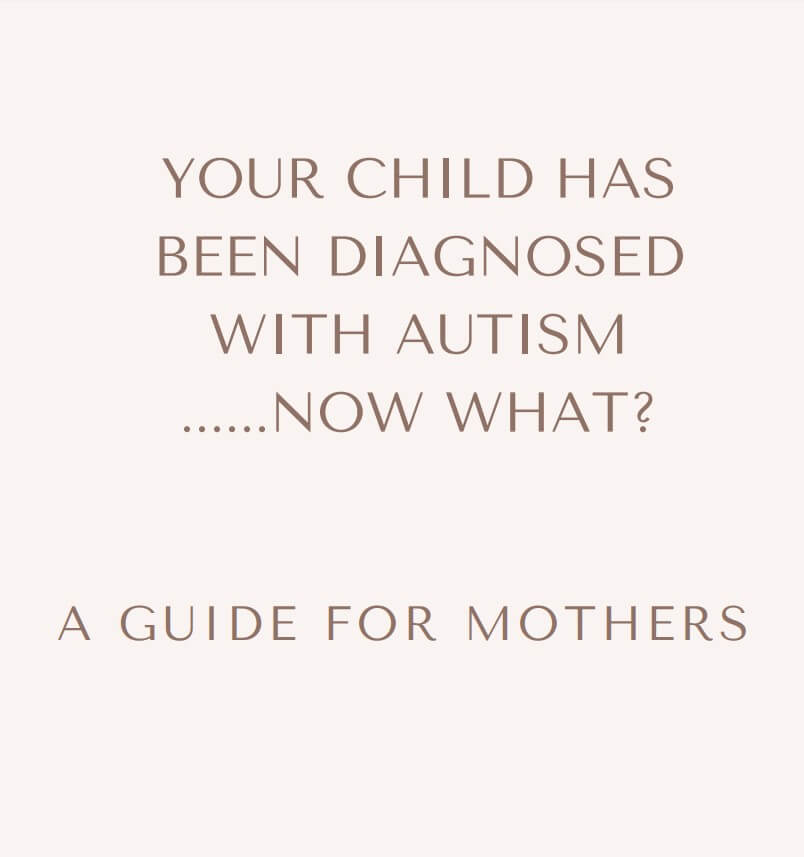
The Power of Visual Schedules for Autistic Children
We have been communicating in pictures for centuries. The cave men used it, Egyptians use it, Indigenous people used it. They used pictures to tell a story, to convey a message. Now in 2023, we are still using pictures to convey a message.
It’s not uncommon to see visuals when the word autism is thrown around. Whether it comes in the form of a visual timer, a visual schedule or even a visual step by step process to complete a task. Visuals have been helping autistic children and adults to complete many things.
When I was a couple of years into my journey with autism I was baffled as to why visuals weren’t used for neurotypical children. Considering we all learn in pictures why wasn’t it laid out so simplistically for kids in mainstream as well? Regardless of a child’s IQ, pictures can help identify what’s next and how to manage one’s expectations.
I treat my kids like they’re my little CEO’s. I manage their time. I give them a heads up if things are going to change or what’s coming up. Is that not what a PA or an EA would do for their boss? Yet, we expect our kids, neurotypical or not to just adjust accordingly and then we wonder why they’re having meltdowns.
A situation could look like this: to you, we need to hurry up and go to the grocery store to pick up food for dinner, otherwise everything will be pushed out and your child will be going to bed late. However, your child is devastated that you’re taking him away from his beloved lego that he’s deep into creating his magical train.
Visual schedules provide children certainty. They give them an idea of how the day will run, how the session will run. They know what’s going to come next, so that they can manage their emotions. Visuals schedules are the superhero of structure and predictability.
– Visual schedules also help with:
– Enhancing communication
– Reducing anxiety
– Teaching independence
– Facilitating transitions
And the best part of a visual schedule is that they are full customisable. You can change them to how you need, to support your child. They can be used for several topics not just school.
Other areas that visual schedules are good for include:
– Morning and Evening Routines
– Social Stories
– Therapy Sessions
– Playdates and Social Events
– Self-Care Routines
– Community Outings
– Chores and Responsibilities
– Medical Appointments
– Transitioning Between Environments
– Special Events and Holiday
– Bedtime Routine
– Technology Time
– Exercise and Physical Activity
– Quiet Time or Relaxation
So, as you can see, they can do more than to teach how the day or lesson will go.
I hope you have found this helpful. If you’d like to hear more about visual schedules, please send me an email at natalie@youareseen.com.au or send me a DM.
Book in a FREE 30 minute chat with me here.
Download my FREE guide – Your child has been diagnosed with autism……now what?
Join my facebook community to be with like minded mums going through the same journey as you.
Buy my book: #SheSpeaks – Stories of trauma to triumph.













